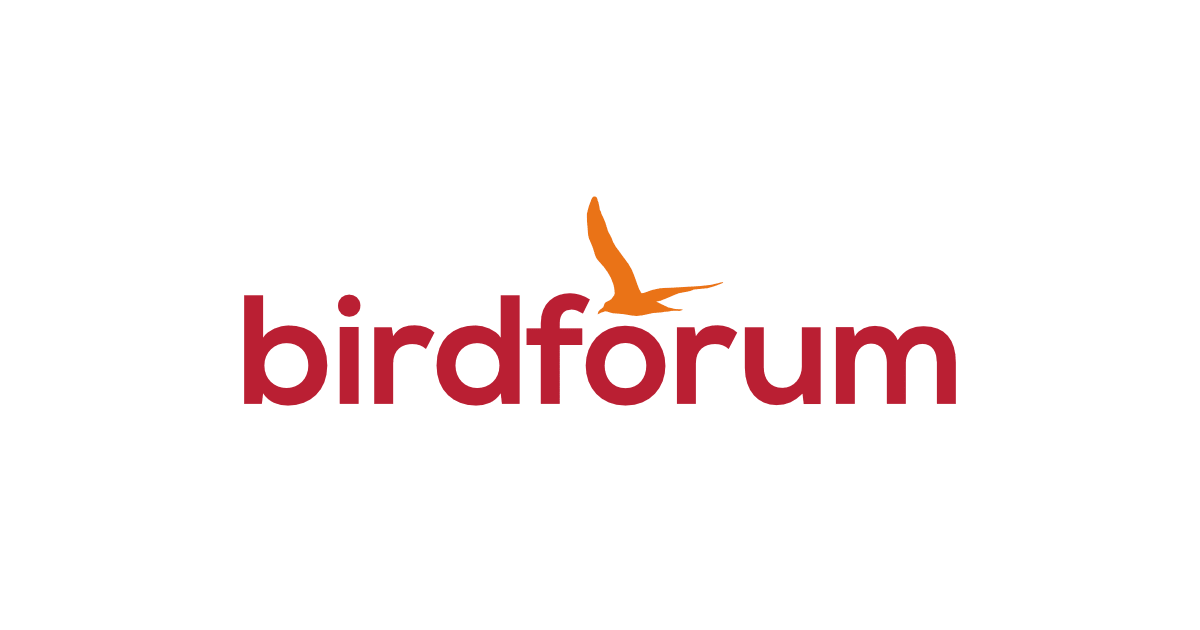Andy Adcock
Worst person on Birdforum

I don't know why we're even discussing it. Those of us in the sane World, outside of woke, American, academia, can carry on as if this mob don't exist.


Straight over my head?How about Weetabix Sandpiper?

The breakfast cereal ?How about Weetabix Sandpiper?

In the words of the opening poster, the idea was to "some fun and come up with/predict some of the new names" 😉I don't know why we're even discussing it.
On that note, is that Bartram's Sandpiper still down at Sennen? 😂I think an appropriate response from the rest of the world would be to comb the histories of birds to find those that have previously included a patronym (or matronym) and add it to whatever they are called currently. In addition, obviously, to continuing to use the names AOS is faffing about with.
John

Yep, if you want to complain about why we're even discussing this woke/sensible/patronising/disruptive/unpopular/popular/timely/problematic/nonsense (delete as necessary) turn of events, this thread might be a better place for it:In the words of the opening poster, the idea was to "some fun and come up with/predict some of the new names" 😉

I think avoidance of confusion is fast diminishing in the rear view mirror.Other than Jackpine Warbler for Kirtland's Warbler, but not sure if they'll choose that out of confusion with Pine Warbler.
I don't like this idea - both Black-throated Green and Blackburnian Warbler are very strongly associated with hemlocks in much of their range. To the point where you can locate hemlock groves from several hundred metres away just by listening for these two species while walking through hardwood forest.Townsend's Warbler
I've heard the name Hemlock Warbler mentioned for this species. Given that it's range pretty well overlaps with that of Western Hemlock and it's a conifer specialist, I'm a fan of this suggestion.

Yes, Baird's Sandpipers have often been described as having a Weetabix-like appearance or being a 'Weetabix-on-legs'. It would obviously be a bit of a joke name, even though it's an accurate description in many ways.The breakfast cereal ?

The only thing I can think to count against Grasshopper Hawk, is the existence of a Grasshopper Buzzard in Africa, which may be a source of confusion.Swainson's Hawk to Grasshopper Hawk seems like a no-brainer. Not sure if there's any other species that already have a colloquial alternate name. Other than Jackpine Warbler for Kirtland's Warbler, but not sure if they'll choose that out of confusion with Pine Warbler.
Worth noting that the other example I know of where a committee chose English names from scratch, with public input, is North American odonates, and the results were fantastic (North American Odonata | University of Puget Sound). I have high hopes for some great new names for North American birds.

Having said that perhaps using product branding is the future of conservation funding?Yes, Baird's Sandpipers have often been described as having a Weetabix-like appearance or being a 'Weetabix-on-legs'. It would obviously be a bit of a joke name, even though it's an accurate description in many ways.

I imagine Coues says in the OD "This bird looks like a Weetabix"Yes, Baird's Sandpipers have often been described as having a Weetabix-like appearance or being a 'Weetabix-on-legs'. It would obviously be a bit of a joke name, even though it's an accurate description in many ways.

Bah, humbug.........fun is over ratedIn the words of the opening poster, the idea was to "some fun and come up with/predict some of the new names" 😉

For inspiration, the Swedish Taxonomic Committee is currently changing (or has recently changed) some eponyms, among them the following AOS area birds:
Murphy’s Petrel – pitcairnpetrell (”Pitcairn Petrel”)
Surely that would be ist against deaf or older people ??Given the number of sparrows that have patronyms, it is rather tempting to suggest the "Cisticola method" for new names. Zitting Sparrow, Chirruping Sparrow, Winding Sparrow, Rattling Sparrow, Churring Sparrow, Wailing Sparrow...
